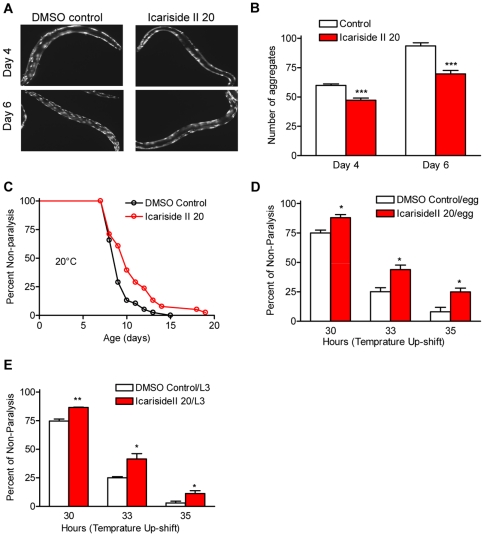Figure 3. Icariside II ameliorates protein aggregation and protetoxicity-mediated paralysis phenotype.
A. Representative images of the whole-animal of Q35-YFP (Q35) transgenic strain AM140 treated with DMSO or icariside II from forth-stage larvae at 20°C are shown. AM140 shows an increasing aggregation phenotype age-dependently. Icariside II treatment slows the aggregation process obviously. B. Quantitation of the number of the fluorescent aggregation in AM140 treated with DMSO or icariside II. 15 animals of each strain were scored in two independent trials. Error bars indicate SEM among individual animals scored; t-test, *** P<0.001. C. Age associated paralysis caused by Q35 expression is significantly reduced in icariside II treated animals relative to DMSO control animals. Animal were treated under the conditions from forth-stage larvae until paralysis. Shown is the representative of two replicates. n = 38 (control); 37 (icariside II) animals, P = 0.0151 (Log-rank (Mantel-Cox) Test). D. The paralysis phenotype associated with muscle Aβ1–42 expression is suppressed by 20 µM icariside II treatment from hatching and E. L3 in the transgenic strain CL4176. Shown is the non-average paralysis percentages in 3 independent experiments with 30–50 animals/experiment in indicated time points after temperature upshift to 25°C; error bars indicates SEM among the non-paralysis percentages of three independent experiments; total number of animals tested: 112 (DMSO Control), 133 (icariside II 20 uM); t-test, * P<0.05, ** P<0.01.

